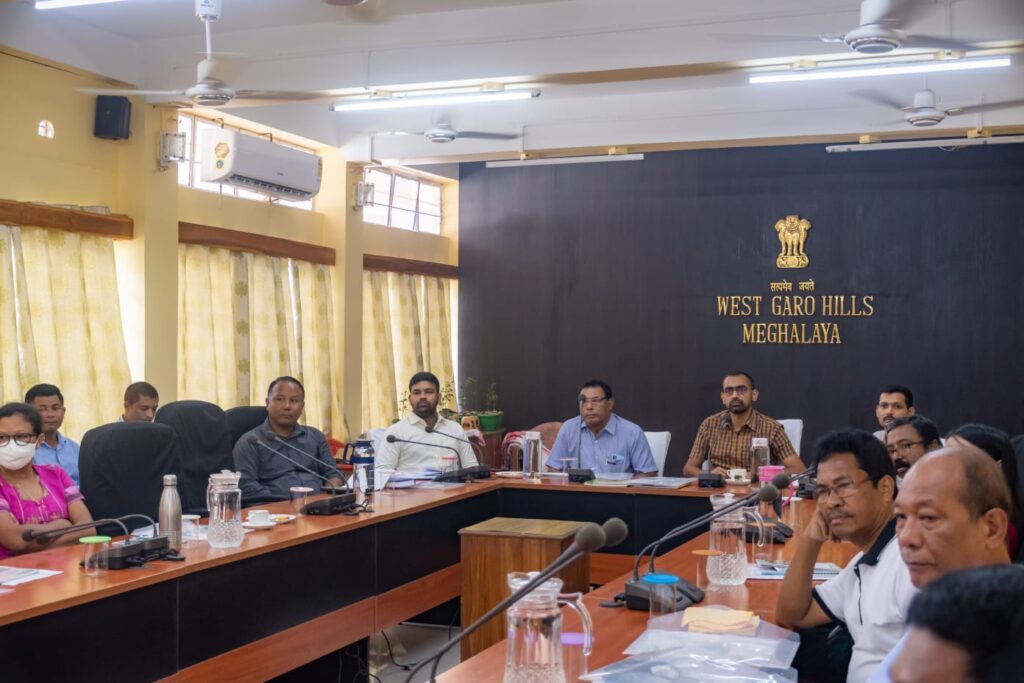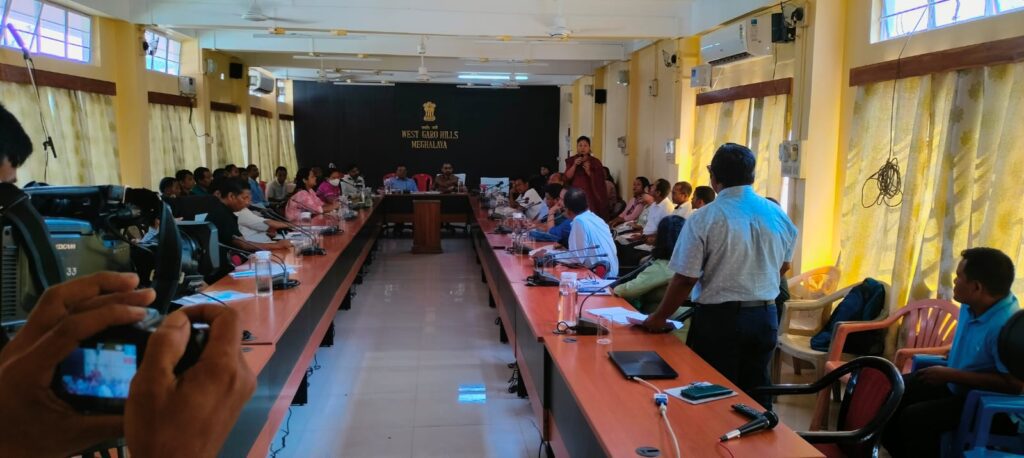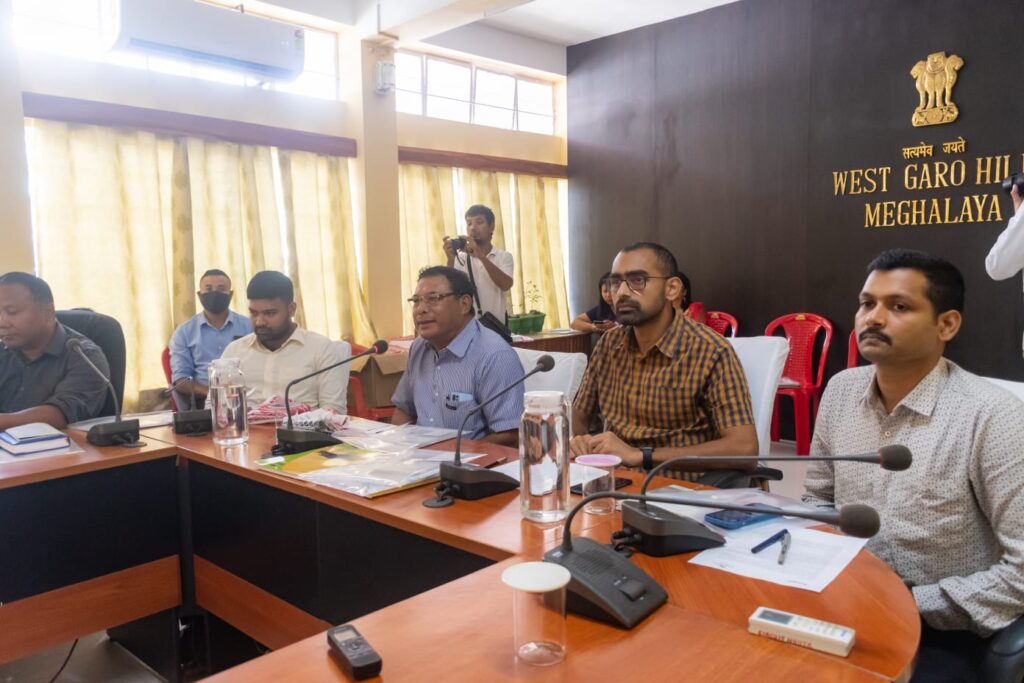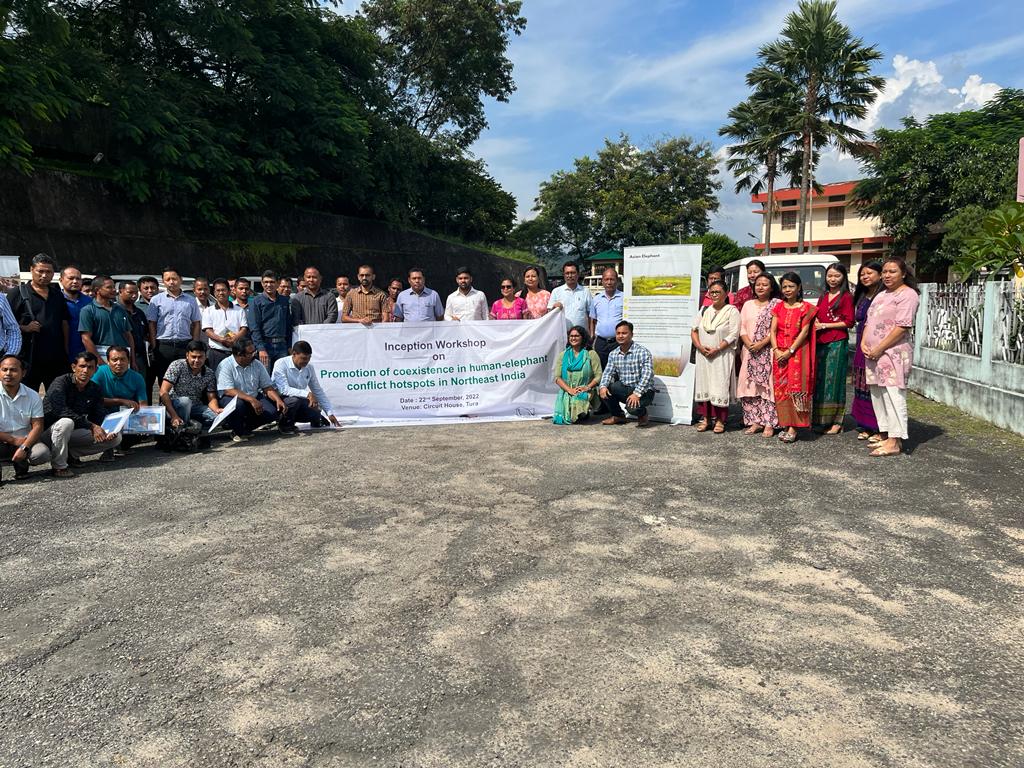Last three years have been tough for the Meghalaya forest department as frequent human-elephant conflicts (HEC) have resulted in a surge in deaths. The state forest department is now taking various measures to mitigate such conflicts and create an environment where the pachyderms and the people can coexist.
The department has signed a MoU with biodiversity conservation organisation, Arayanak, in this regard to check the human-elephant conflicts in West Garo Hills. Under this MoU, Aaranyak will work cohesively with the Meghalaya Forest Department to address the issue of HEC in six pre-selected villages of the hill district.
HUMAN-ELEPHANT CONFLICT
While speaking with Indian Masterminds, DFO West Garo Hills, RK Marak said, “In our division and other parts of Meghalaya, the elephants are not only concentrated on protected lands but they also move around on all the community lands. As the land is under the local community, it causes various issues as elephants unknowingly harm their crops, fields, houses and even the people. Due to this, it becomes difficult to manage the forest and the community together.”

Once elephants enter the community areas, it cannot be predicted how how they will react. In order to save themselves and their belongings, the people try to scare and chase away the animal which further leads to conflicts among them. This also creates resentment among the people against the forest department.
Mr. Marak further said, “A major issue is the shortage of staff in the forest department. Due to this, it gets difficult to manage and monitor the movement of animals in the forests. However, to counter this, we are getting assistance from the community and now special village protection forces are being formed to not only mitigate the HEC conflicts in the area but also spread awareness among people about the well-being of animals and how they are important for the overall eco-system.”
VILLAGE PROTECTION FORCE
Village Protection Force (VPF) is being created in the West Garo Hills, which is basically a group of villagers that assists the forest forces to mitigate such conflicts in their areas. Mr. Marak said, “These volunteers are paid wages to work with us. Before our staff reaches the face of a conflict, these VPFs try and maintain peace and also control the crowd at the same time. They try to calm down the villagers and also try to stop any destruction by the elephants.”

As of now, the forest department is coordinating with the district administration, police, and block level officers to create more livelihood opportunities for the local communities so that the trust factor remains and the forests are managed properly. As per the officer, around 63 Village Protection Forces are being formed for the main reason of reducing HEC.
In the past three years, around 12 cases of deaths have been reported in Meghalaya and around four deaths in the past three months alone. Mr. Marak said, “It is not that the animals are to be blamed all the time, we, humans, are equally responsible for such happenings. Such incidents occur mostly in night time, and during the process of running away from their homes, people succumb to death. Many ways are being followed to reduce these cases, and now, after the collaboration with the NGO, we might see a change in our division.”
WORKSHOP
The ambitious project was flagged off recently with an inception workshop, organised in the Circuit House of Tura. The workshop was attended by Swapnil Tambe, IAS, Deputy Commissioner, West Garo Hills, Tura, Vikas Kumar, IPS, Addl. SP, West Garo Hills, Tura, SN Sangma, IFS, Conservator of Forests (WL&T), Garo Hills Region, Tura, Mrs. CA Sangma, MCS, BDO, Tikrikilla, West Garo Hills, RK Marak, DFO, East and West Garo Hills (Wildlife Division) and other government officials from various departments, representatives of organisations and members of local communities.

Participants from six villages of the West Garo Hills district, namely Jamdamgre, Borogobol, Bandukmalli, Darensegre, Kharsingdap, Potamati and Bordupi also took part in the workshop.
ABOUT AARANYAK
The Elephant Research and Conservation Division of Aaranyak, a Scientific and Industrial Research Organisation recognised by the Ministry of Science and Technology, headquartered in Guwahati, has adopted multifaceted approaches to mitigate conflict with elephants.
In neighbouring state Assam, Aaranyak has so far installed more than 80 km of solar-powered fences in HEC affected areas which have aided in promoting coexistence with these gentle giants. Other initiatives to reduce HEC includes cultivation of crops that are less attractive to elephants, which at the same time supplement income, outreach activities, creation of group of local volunteers, Elephant Conservation Network to monitor elephants and act as an early warning system, providing mitigation tools such as solar street-lights, complementing the efforts of anti-depredation squads, etc.






























